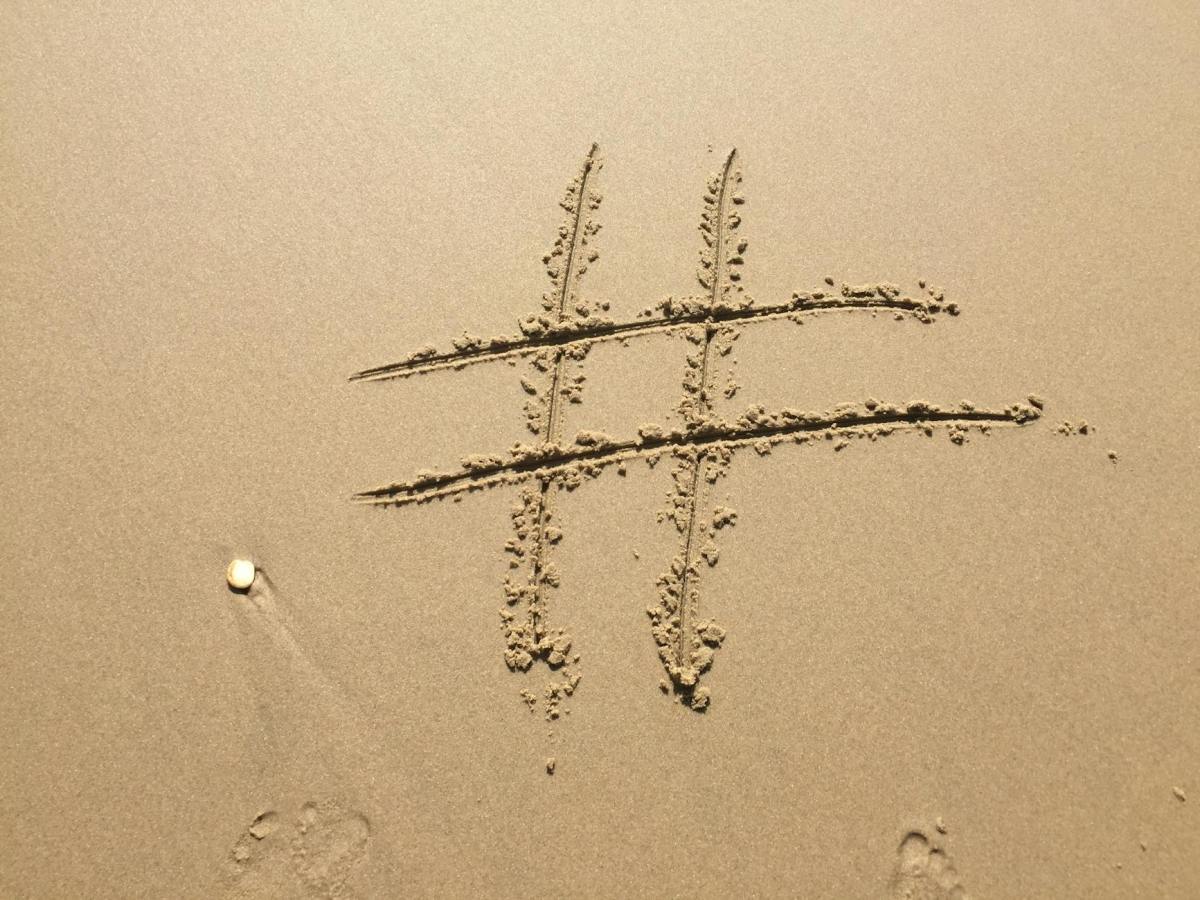If social networks have a specific day, namely 30 June, why shouldn’t the hashtag have one?
To be precise, 23 August is International Hashtag Day, a day that also coincides with Internaut Day.
But why this date?
Origin of International Hashtag Day
In 2007, Twitter user Chris Messina (@ChrisMessina), a product designer and internet consultant, suggested the social network start using the hashtag symbol to group related posts together.
Literally, the original text read: How do you feel about using # (pound) for groups. As in #barcamp [msg]?
Thus, #barcamp became the first hashtag in history. In 2018, eleven years later, this social network decreed that day to be International Hashtag Day.
As a curiosity, we can add that it is impossible to link to Messina’s original publication since he left the public activity of what was already X in 2023.
What is a hashtag?
The hashtag (although the RAE’s recommendation, as it is an English term, is to use the word label) is defined as a clickable keyword that serves to group terms simply by adding a hashtag immediately before the word or term in question.
In this way, systems and users can identify concepts conveniently and quickly.
The use of these tags was boosted in 2010 when Twitter introduced trending topics (TT) as a way of highlighting the most relevant topics of conversation on the social network.
Characteristics of hashtags
This ability to index terms or keywords allows users to follow the topics or subjects of their interest, being able to place them anywhere in their publication, with the possibility of introducing them within the text or at the end of it being up to the style of each user.
Some characteristics define the nature of hashtags, such as not being able to use spaces or punctuation marks. Because of this inability to use spaces, it is possible to capitalise the initial letter of each word. It is also advisable to use the tilde, with #TelefónicaMWC or #Telefónica100 being examples of what we have just mentioned.
Although it is true that X itself (Twitter’s heir) recommends not using more than two tags per publication, there is no limitation whatsoever on the use of this resource.
Some of the reasons why they have been so widely recognised are that they are simple to learn and use, they work in the same way from a computer or mobile phone, their level of recognition is international and they can be used without having to use any new system or download any software.
Influence of hashtags
Since its birth, the use of hashtags has not stopped growing, crossing the borders of Twitter and reaching other social networks as well.
The use and influence of certain hashtags has transcended the social networks themselves, where they have gone viral to the point of becoming concepts linked to social demands such as #MeToo or #BlackLivesMatter.
To get an idea of the magnitude and impact of hashtags, in the Guinness Book of Records we find a figure that helps us to understand their influence: on Twitter, the hashtag #TwitterBestFandom became the most used hashtag in history in a 24-hour period: between 16 and 17 March 2019, it was posted more than 60 million times.
